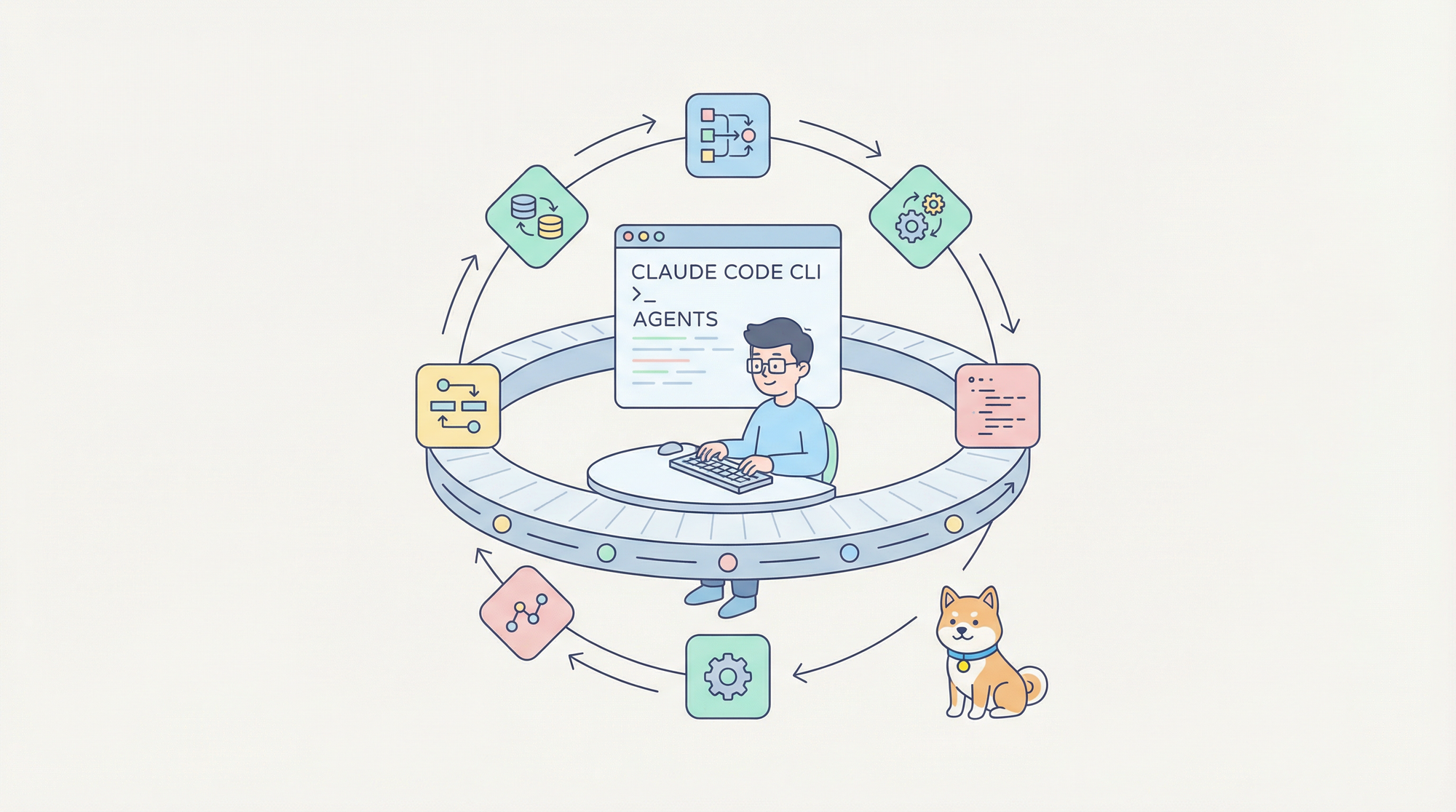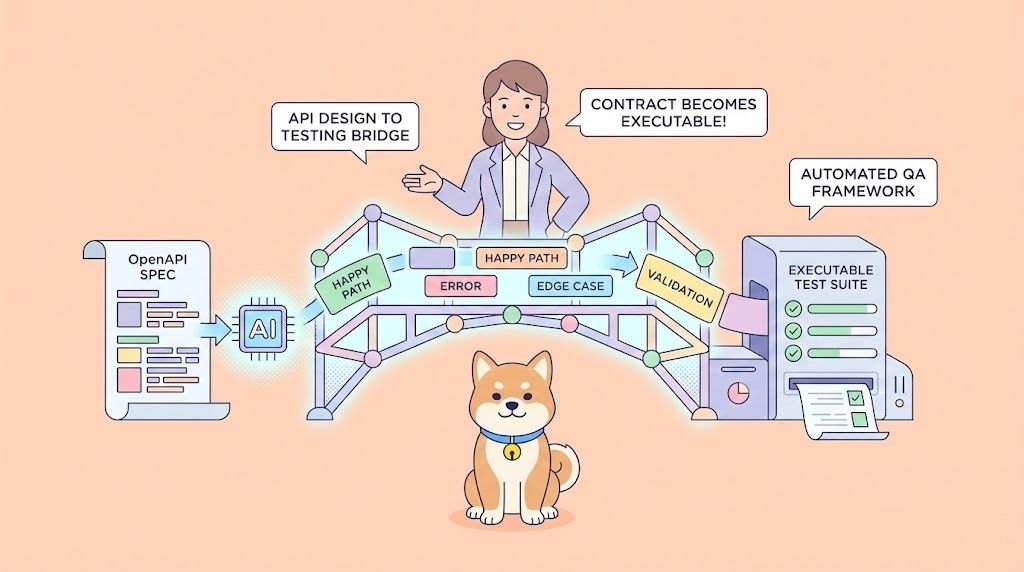Swagger is a popular API description language that provides a standardized way to define and document APIs. A key feature that shines is the ability to specify the data types and structures of API parameters and responses.
Extensions to the base Swagger product have been introduced to enhance the expressiveness of Swagger specifications, such as "x-nullable".
Understanding Swagger x-nullable

Swagger x-nullable is an extension keyword used in Swagger/OpenAPI specifications to explicitly indicate whether a property can be null or not. This keyword provides additional clarity and flexibility in API design, especially when dealing with optional parameters or properties that might have null values.
How x-nullable is used in Swagger specifications
- Placement: The
x-nullablekeyword is placed directly within a property definition. - Boolean value: It takes a boolean value:
true: Indicates that the property can be null.false: Indicates that the property cannot be null.
Examples of using x-nullable to indicate nullability
Here are a few examples of how x-nullable can be used in a Swagger specification:
Example 1 - A nullable property
components:
schemas:
User:
type: object
properties:
name:
type: string
email:
type: string
age:
type: integer
x-nullable: trueIn this example, the age property is marked as nullable, meaning it can be omitted or set to null in the API request or response.
Example 2 - A non-nullable property
components:
schemas:
Product:
type: object
properties:
id:
type: integer
x-nullable: false
name:
type: string
price:
type: number
In this example, the id property is marked as non-nullable, meaning it must be present and have a valid integer value in the API request or response.
Benefits of Using x-nullable
The x-nullable extension in Swagger offers several advantages for API design and development:
Improved Code Readability and Maintainability
By explicitly indicating whether a property can be null, you make the API specification more understandable and easier to work with. This can reduce the chances of errors and improve code quality.
Prevention of Unexpected Null Pointer Exceptions
When developers know that a property can be null, they can take appropriate measures to handle null values, preventing runtime errors caused by unexpected null references.
Enhanced API Documentation and Understanding
The x-nullable keyword provides essential information for API consumers, helping them understand the expected behavior of the API and avoid potential issues.
Better Data Validation and Error Handling
By specifying nullability requirements, you can implement more effective data validation mechanisms to ensure that incoming data conforms to the expected format and avoids errors.
Improved API Interactions
When API consumers understand the nullability of properties, they can make more informed decisions about how to use the API and avoid unnecessary errors or unexpected behavior.
Best Practices for Using x-nullable
When using x-nullable in your Swagger specifications, consider the following best practices:
Use it Only When Necessary
Don't overuse x-nullable. Use it only when it's truly necessary to indicate that a property can be null. Overusing it can make your API specification less clear and more difficult to understand.
Consider Backward Compatibility
If you're updating an existing API and introducing x-nullable, be aware of backward compatibility issues. If you mark a previously required property as nullable, older clients might not handle null values correctly. Consider providing a deprecation notice or offering a versioned API to address this.
Handle Null Values Consistently
Ensure that your server-side code is prepared to handle null values for properties marked as nullable. This includes appropriate error handling, default values, or conditional logic.
Use Clear and Concise Documentation
Document the nullability of properties in your API documentation to provide clarity for consumers. This can help them understand the expected behavior of the API and avoid potential errors.
Consider Using Optional Types
In some programming languages, optional types (e.g., Optional in Kotlin, Option in Scala) can be used to represent nullable values. If your chosen language supports optional types, consider using them in conjunction with x-nullable for a more type-safe approach.
Have Full Control Over Your APIs with Apidog
If you are looking for an API platform that allows you to fix API details of any size, you should definitely consider using Apidog.

Apidog is an all-in-one API development platform that equips developers with complete tools for the entire API lifecycle. You can build, mock, test, and document APIs within a single application. What separates Apidog from the rest is the intuitive and simplistic user interface, allowing new users to quickly get accustomed.
Setting Variable Properties in Apidog
Apidog allows you to have full control over your API variables.

You can set the property to be required, nullable, or deprecated - whichever that fits your requirements! You can also change its behavior, such as granting the permission to read or write only, or both.
Test APIs in a Click With Apidog

Apidog supports developers who wish to test individual APIs and observe each response on its own. All you have to press the Run header, followed by the Send button, in that sequence.

Conclusion
The x-nullable extension in Swagger is a valuable tool for improving the clarity, flexibility, and reliability of API specifications. By explicitly indicating whether a property can be null, you can enhance code readability, prevent unexpected errors, and provide better documentation for API consumers. By following the best practices outlined in this article, you can effectively use x-nullable to create more robust and maintainable APIs.
In conclusion, x-nullable is a fundamental aspect of modern API design, offering a clear and concise way to convey nullability information. By understanding and utilizing this extension, you can contribute to the development of high-quality APIs that are easier to understand, use, and maintain.




